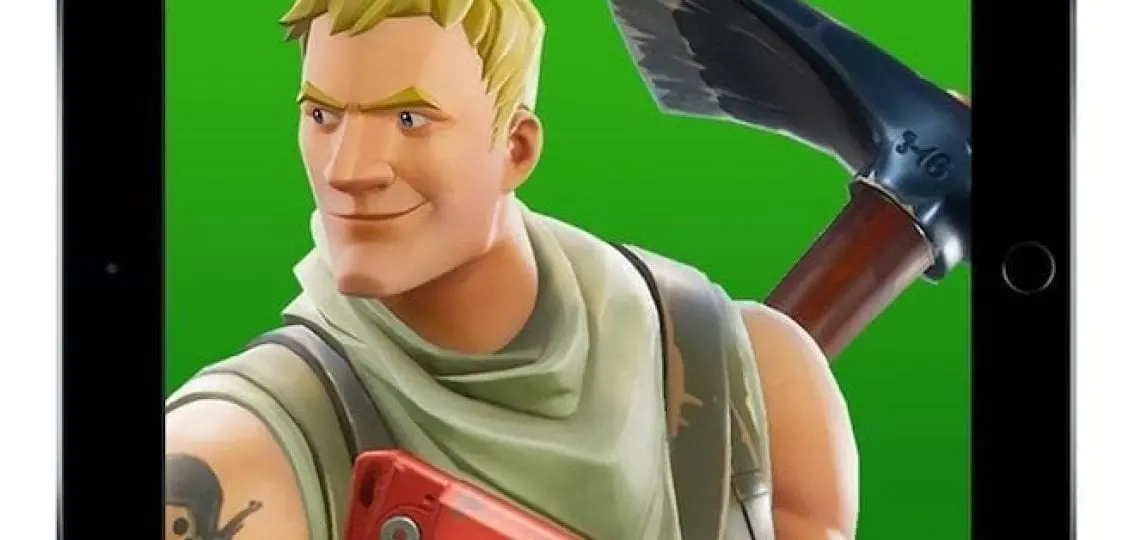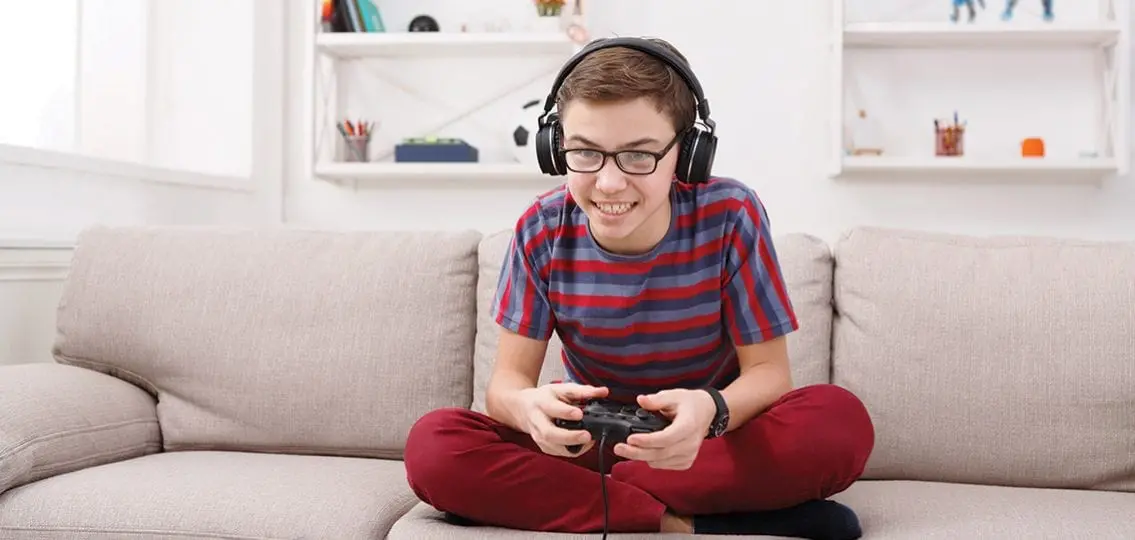“Don’t kill me!”
I hear my tween son’s voice coming from the den. He’s playing Fortnite on his XBox. He’s usually boisterous when he’s playing with his friends, but this time, his voice sounds different.

“Guys, please stop killing me!”
I see him, headset on, hands gripping his controller, on the verge of tears.
“What’s happening?” I ask. He throws his controller down and dissolves into sobs.
“They keep killing me,” he says. “I tell them not to, but they do it over and over again.”
I allowed my son to play Fortnite for a few reasons. First, the violence was cartoonish rather than gory. Instead of dying, opponents beamed back to the lobby when you killed them. Second, the game was collaborative; kids could form squads and work together. When my son played with his headset on, I couldn’t hear what his friends were saying, but I could hear his responses, and he sounded like he was having fun.
That is until Playground Mode came along.
Fortnite’s developers introduced Playground Mode to offer players a more creative space. In other Fortnite modes, players can team up and fight against other groups. In Playground Mode, up to four players can jump into a map with no other players present. They can build structures, create obstacle courses—or just kill each other.
That’s what my son and his friends had been doing. It started as a game, but it soon turned ugly. Some of them would be okay with killing each other, but one would object.
Sometimes they’d pick one kid to gang up on, and kill him over and over again, effectively stopping him from playing at all.
This time, that kid was my son.
Because I couldn’t hear the dialogue in my son’s headset, I was unsure of his role in this situation. I wanted to believe that he wasn’t at fault, but I also didn’t want to assign motive to his friends without knowing the whole story.
It was hard to piece together a narrative, though. Some of the kids involved were friends of friends, and I had no way of contacting their parents unless I got on the XBox and insisted that these kids give me their information. I wasn’t sure I wanted to go there yet.
One thing I was sure about, though, was that playing this way was making my son unhappy.
There’s a lot of killing in Fortnite: that’s part of the game.
What was different about what my son’s friends were doing? It was the intention.
According to my son, these kids deliberately targeted him. When he complained about being killed, they laughed and killed him again. When he got angry, they used the game’s Kick option to eject him from their team.
This sounded a little ridiculous when he relayed it to me, but his distress made it serious. He was distraught over how poorly his friends were treating him, and when he stood up for himself, they refused to listen.
It’s usually easy to identify bullying, even when it happens online: someone deliberately hurts and intimidates someone else. When a teenager posts insulting comments on a classmate’s Instagram photos, that’s bullying.
But in a video game where the whole point is to single someone out and kill them, the line between play and bullying becomes blurred.
I hugged my son. I told him that he was not in trouble, but that I needed him to take a break from the XBox. I also asked him not to play Fortnite with these particular friends until his father and I talked about how we wanted to deal with this going forward. “No matter who’s initiating this type of play, it’s not healthy, and it’s not OK,” I explained.
My husband and I agreed that we needed to limit our son’s time playing Fortnite.
We already had several rules in place, but obviously, he needed to spend even more time away from the game. We asked him to keep the TV volume up loud enough so that we could hear his conversations. We also considered stopping him from playing in Playground Mode at all.
By a stroke of luck, that decision was made for us. Playground Mode was turned off with the release of Fortnite Season 5 on July 12, 2018. It is still under construction, however, and will an addition to the next version.
I’m sure Fortnite’s developers didn’t mean to cause conflict by creating Playground Mode—in fact, if players used it the way it was intended, it took the game to new creative heights.

But it also created the potential for adverse incidents between players.
Playing this way fractured my son’s relationships with some of his friends and made me second-guess whether he should be playing at all.
As if video games weren’t enough of a problem for a parent with a tween.



